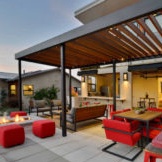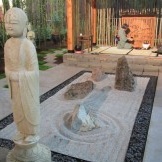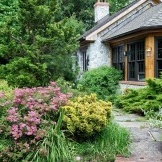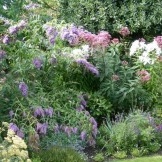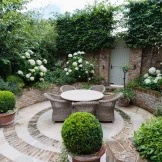How to arrange beds in the country and grow a good harvest
Proper garden planning affects the quality and size of crops, the ability to care for vegetables and herbs. Each garden should be carefully planned in terms of position, microclimate prevailing in the region, number and size of beds. Look at the photo, how to organize a summer cottage, so that the vegetables become tasty and healthy, and their cultivation does not cause any problems.












Garden beds at the dacha with various design options: photo of practical garden planning
Private cultivation of vegetables in the country from year to year is becoming increasingly popular. Therefore, more and more people want to plan their own plot near the house in order to enjoy an environmentally friendly crop. There is nothing strange in this, thanks to this decision you can always enjoy fresh vegetables, organically grown without artificial fertilizers and sprayed with “chemistry”. Even if you are a gardener, the free access to information on the Internet allows you to understand how you can start growing vegetables, what is the best way to plant beds, which plants should be combined with each other. The photo gallery will show you various design options for garden beds in the country.






The basic principles of good bed planning
A summer cottage is not only beautiful flowers and shrubs that delight the eye. It is worth making a corner of the garden in which you will grow vegetables and herbs. Small beds are enough for domestic needs. A well-designed composition of the garden garden will maximize the use of a small area. Here are the basic principles of planning:
- place the tallest plants on the back, near the fence, against the wall of the house;

- do not forget about dividing paths on the site, so as not to destroy isolated beds during plant care;

- the optimal width of the fence with beds is about 120 cm, and the paths are 30 cm;

- some plants like the sun, such as sage, while others like partial shade, such as lettuce or radish. The latter species can be planted on the dark side of tall plants, such as beans;

- if you have little space, plant together plants that have a different vegetative period, for example, near a slowly growing autumn variety of carrots, under beans or tomatoes, you can sow several times radishes or summer varieties of spinach;

- fast-growing vegetables, such as fennel or lettuce, should be sown in a row every week. Remember, however, that not all varieties can be grown in the summer, because they turn into an inflorescence. Thus, you can constantly collect fresh leaves;

- Plan your planting sequence to avoid empty spots that will quickly absorb weeds. After salad, kohlrabi, radish, onion or spinach, you can plant alfalfa or lupine, which can later be used as a natural fertilizer. After harvesting, you can plant tomatoes, peppers or cucumbers;

- choose a permanent place for perennial vegetables such as rhubarb, sorrel, onions, greens.

A place for beds to beginner gardeners
The choice of plant species to grow in the garden for beginners is a reflection of personal preferences, as well as the conditions that prevail on the site. No less important is the size of your summer cottage and the area necessary for the development of plants of a particular species. For example, pumpkin or cucumbers take up more space than a salad. If we have a small garden, then we should limit ourselves to growing vegetables that do not grow too much and are used for a short time after harvesting. First you need 4-8 beds or 10-20 m².





The vegetable garden for beginners should be in a sunny place, then your crop will ripen faster.The soil for growing vegetables should be sufficiently fertile, enriched with organic matter using compost or manure. Manure can be used in autumn or spring. So 50-80 kg of manure will go to 10 m², which should be mixed with the ground. In turn, compost is used in a dose of 20-60 kg per 10 m². It should be put in a box under the beds on the dug up soil and mixed with a rake.



How to make a fence for beds in the country?
If you're looking for an easier way to grow vegetables in the country, consider adding garden fences to your garden. Creating elevated boxes requires a bit of planning and work, but it's worth the effort. You can ennoble your cottage in the best way - thanks to a beautifully designed garden and beds in a certain place in the landscape.


Site selection
A place to choose beds is critical to the success of your garden. Select an area that:
- gets good sunshine;
- has excellent drainage;
- located away from trees whose roots will compete with plants for water and nutrients.





Frame material for garden fencing
There are many materials that can be used to create a displaced frame for planting plants. Some gardeners like to use wood, but you can also use plastic or metal. You can create your own fencing using materials that you already have or purchase a ready-made box in a garden store. Most basic sets can be used to create 4 x 4 square meter beds 6 cm deep. These designs are very easy to set up, as you can stack additional sets on top of each other to make the fence deeper.






Planting vegetables
When the frame is built and filled, then the time for landing. You may be wondering how much the box holds. It is indeed a more efficient use of space because you do not need to leave space for walkways. Due to the good layout of the garden, even several tens of square meters can bring a plentiful vegetable harvest. On one fenced bed you can grow several types of plants that affect each other positively or help control pests. A good example for planting would be, for example, onions and carrots. Onion aroma effectively prevents the appearance of carrot pests.





The benefits of fenced garden beds
- Access. It is easier to get to the plants in the garden if the beds are raised.
- Visibility: the best overview of plantings, weeds and pests.
- Soil: the creation of an increased bed for plants means that you will introduce fertile soil, as well as proper fertilizer and compost.
- Without soil compaction: no one will walk in a fenced bed, so the soil will not be compacted.







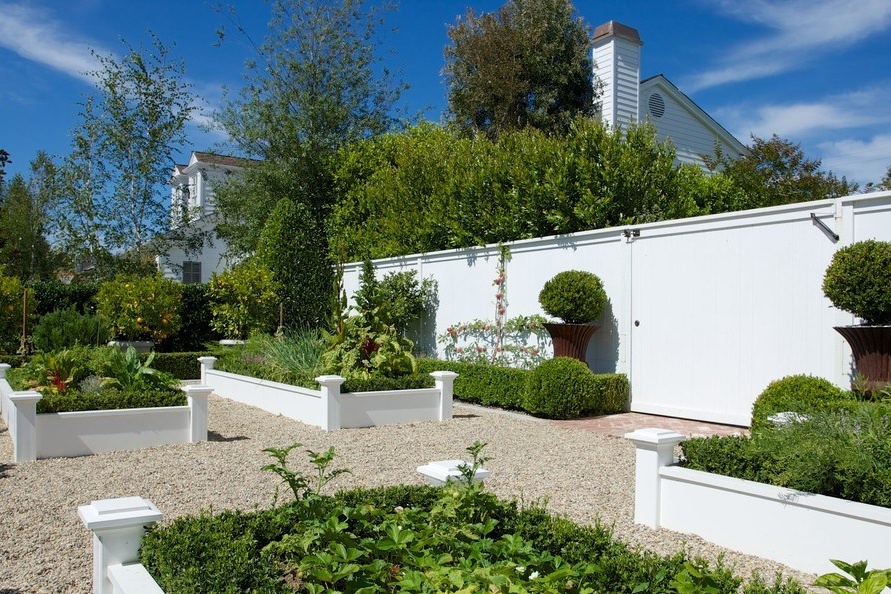
In the country, it is worth highlighting the part intended for creating a garden. Learn the basics of good garden planning from this article to plan your beds in the best way.


